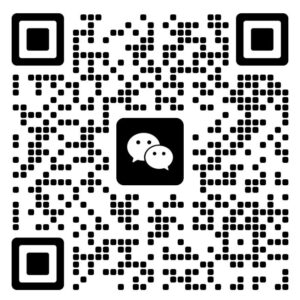Modular Aluminum Extrusion Profile System
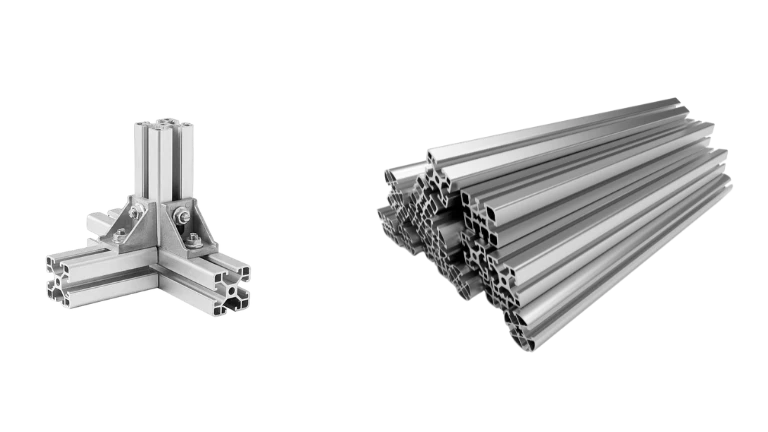
A Modular Aluminum Extrusion Profile System offers a flexible and versatile solution for constructing a wide range of structures and frameworks. These systems utilize standardized T-slot aluminum profiles that can be easily assembled, disassembled, and reconfigured to meet specific requirements. Ideal for applications in industrial automation, robotics, workstations, and display units, this system allows for rapid prototyping, customization, and scalability. Its lightweight yet robust design ensures durability while maintaining ease of use, making it an efficient choice for both temporary setups and permanent installations.
Modular Aluminum Extrusion Profile System Sizes
The Modular Aluminum Extrusion Profile System is designed to meet a variety of structural and design needs, offering unique strengths and applications for different projects. Here is a breakdown of the available series and their dimensions:
15 Series: 15mm x 15mm, 15mm x 30mm, 15mm x 45mm. This series is perfect for lightweight applications, making it ideal for smaller projects and low-load frameworks.
20 Series: 20mm x 20mm, 20mm x 40mm, 20mm x 60mm, 20mm x 100mm. Versatile and suited for medium-duty structures, it covers a wide range of applications from displays to laboratory setups.
30 Series: 30mm x 30mm, 30mm x 60mm, 30mm x 90mm, 30mm x 120mm. Capable of supporting heavier loads, making it suitable for robotic structures, machine frames, and conveyor systems.
40 Series: 40mm x 40mm, 40mm x 80mm, 40mm x 120mm, 40mm x 160mm. Known for its substantial strength, this series is often used in industrial automation, large equipment frames, and process assembly lines.
45 Series: 45mm x 45mm, 45mm x 90mm, 45mm x 135mm, 45mm x 180mm. A robust option designed to support high-load demands, such as heavy-duty workstations and larger machinery frameworks.
50 Series: 50mm x 50mm, 50mm x 100mm, 50mm x 150mm. Optimal for projects requiring both strength and stability, making it suitable for complex, high-stress applications.
60 Series: 60mm x 60mm, 60mm x 120mm, 60mm x 180mm, 60mm x 240mm. As the strongest series, it excels in large-scale industrial applications and can handle significant structural loads.
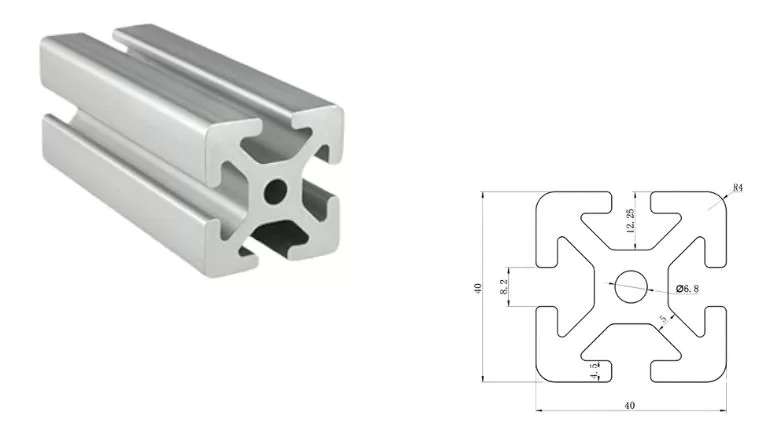

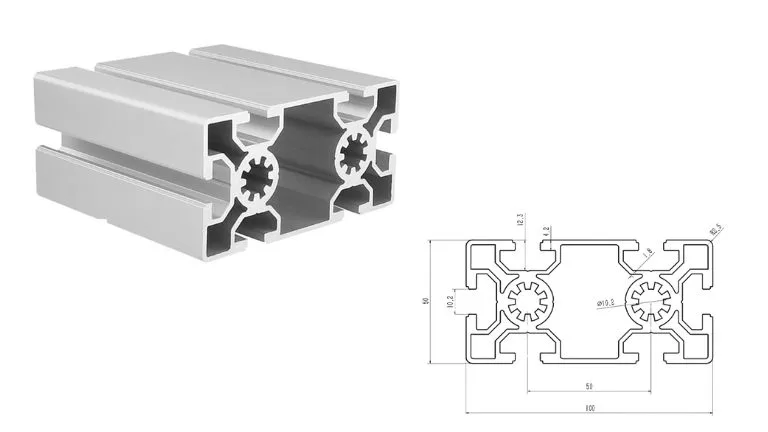
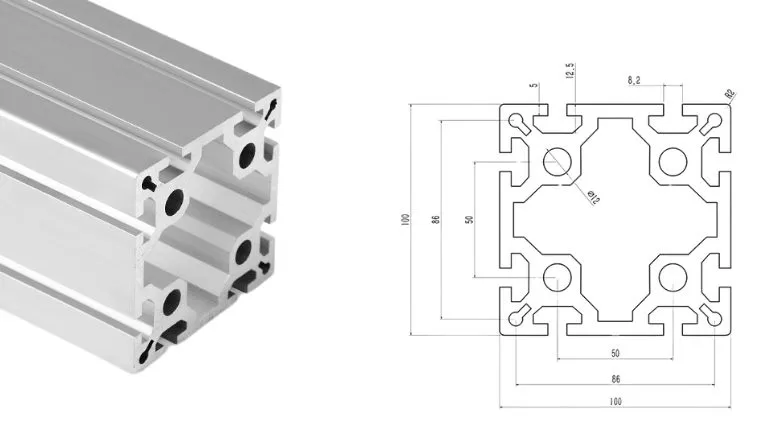
Specialized T-Slot Profiles
The Modular Aluminum Extrusion Profile System features specialized T-slot profiles, including triangular shapes and those with partially closed slots.
Triangular profiles enhance structural integrity and stability, making them ideal for load-bearing applications at corners and edges.
Partially closed profiles increase rigidity, offer a clean appearance, and protect against debris, reducing maintenance. They provide secure mounting options while maintaining versatility for various applications, making them essential for modern modular constructions.
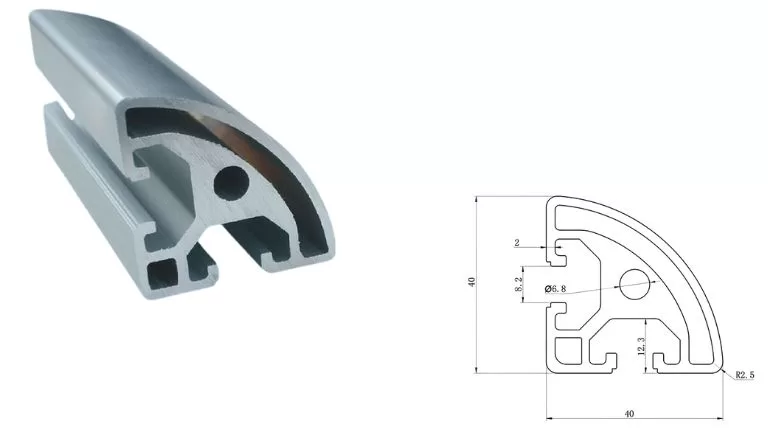

Assembly Methods for the Modular Aluminum Extrusion Profile System
The Modular Aluminum Extrusion Profile System offers a variety of assembly methods to accommodate diverse design requirements and structural needs. Here are some of the common components and techniques used in assembling these systems:
Angle Brackets: Provide stable and right-angle connections between profiles, ensuring precise alignment and increased structural integrity, particularly at corners.
Bolts and Nuts: Crucial for securely fastening profiles, allowing for adjustable and reconfigurable connections which are ideal for projects requiring flexibility.
Straight Connectors: Join two profiles end-to-end, extending the length of structures without sacrificing strength, suitable for creating long spans.
T-Plates: Enable T-shaped intersections by facilitating perpendicular connections, useful for frameworks with branches or multiple extensions.
Hinges: Grant rotational movement, essential for doors, panels, or any construct requiring pivoting functionality.
Adjustable Hinges: Allow for precise control over pivot angles, offering flexibility in dynamic assemblies where movement range is important.
Pivot Joints: Also known as swivel connectors, these enable rotational adjustments between profiles, beneficial in systems needing frequent angle changes.
Gussets: Reinforce joints, providing additional support especially in heavy-duty or high-load scenarios.
Joining Strips: Facilitate easy connection of two profiles in a line, often used for creating uninterrupted surfaces.
Drop-In T-Nuts: These enable easy and quick insertion into existing assemblies, providing additional anchor points without needing to disassemble the structure.
Anti-Vibration Mounts: Used to isolate the profiles from vibrations caused by moving parts or external forces, enhancing stability and reducing noise.
Corner Cubes: Allow for the interconnection of multiple profiles from a single point, forming solid geometric frameworks such as cubes or complex polyhedral structures.
Linear Rail Brackets: Attach linear guide rails to profiles, providing a stable base for sliding mechanisms and precise movements.

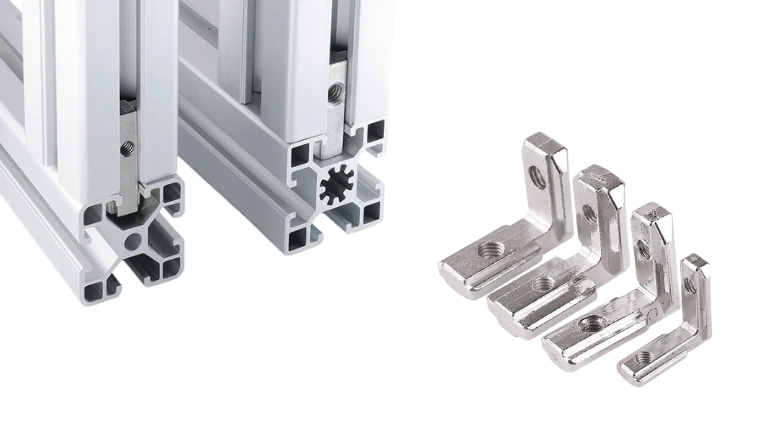
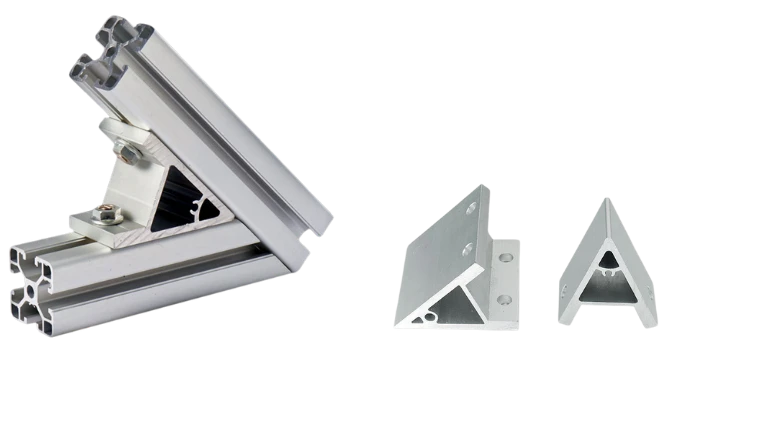
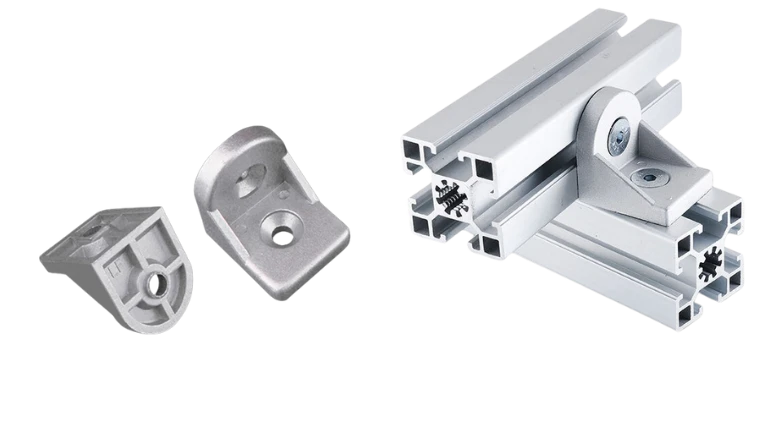
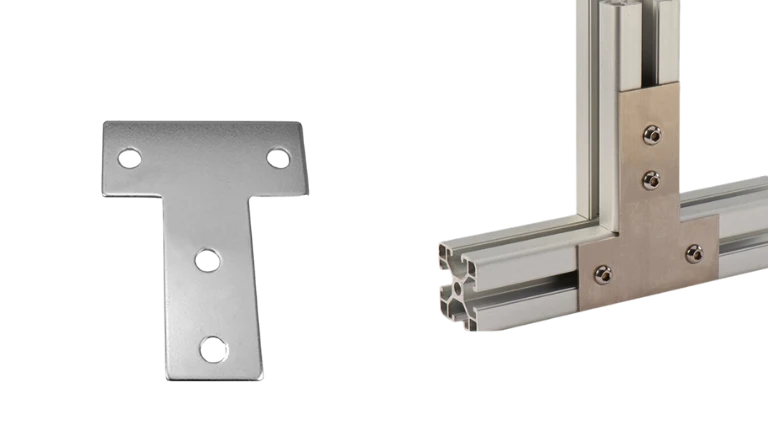
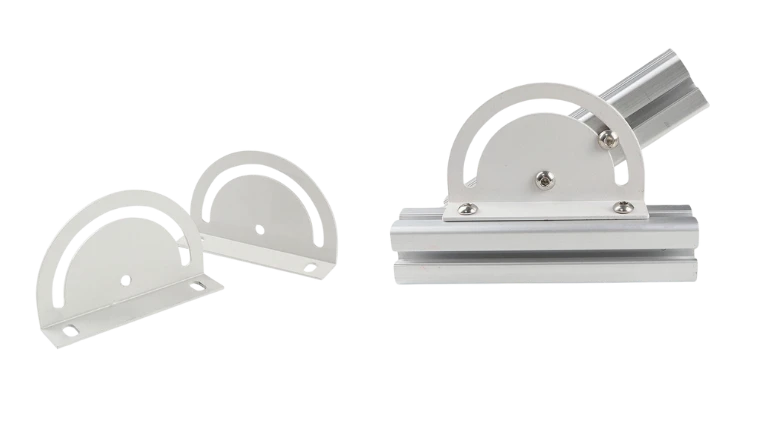
Accessories for the Modular Aluminum Extrusion Profile System
The versatility of the Modular Aluminum Extrusion Profile System is significantly enhanced by a wide array of accessories that cater to the functional and aesthetic needs of various projects. Here are some of the essential accessories commonly used with these systems:
Handles: Used to create convenient gripping points for doors, panels, or movable sections of a framework. They come in various designs to suit aesthetic preferences and functional requirements.
Hooks: Attach to the T-slots for hanging tools, equipment, or other accessories. Hooks make the system adaptable for organizational uses in workshops or storage areas.
End Caps: Provide a clean, finished look to the open ends of profiles and protect against dust and debris. They also prevent potential injuries from exposed sharp edges.
Bumpers: Installed along edges or corners to absorb impact and protect both the profiles and surrounding areas. They are especially useful in environments where collisions are likely, such as in mobile structures or high-traffic areas.
Feet: Available in various designs, such as adjustable or fixed, these components provide a stable base for freestanding assemblies. They ensure balance and stability on uneven surfaces.
Casters: Add mobility to structures, allowing for easy relocation and adjustments. They come in versions that can lock, swivel, or be fixed, providing flexibility in movement control.
Panel Holders: Securely attach panels or screens to the profiles, allowing for the creation of walls, dividers, or enclosures. They are adjustable and can be used with various panel materials.
Conduit Holders: Facilitate the organized routing and securing of cables and hoses along the profiles, ensuring a clean and hazard-free setup in electrical or pneumatic systems.
Fastening Brackets: Provide additional support and rigidity to extended sections of the framework. These brackets are useful for applications that require extra strength under load.
Linear Motion Bearings: Attach to the profiles to support smooth, precise linear motion along the tracks, ideal for applications involving sliding or translating components.
Vibration Dampeners: Reduce noise and absorb vibrations in dynamic assemblies or machinery, improving the overall performance and longevity of the setup.
Safety Guards and Covers: Attach to the profiles to provide protection around hazardous areas, such as moving parts or sharp edges, enhancing overall safety in industrial environments.
Leveling Plates: Allow for precise leveling of the entire structure on uneven surfaces, ensuring stability and accuracy, particularly in sensitive or precision-oriented applications.
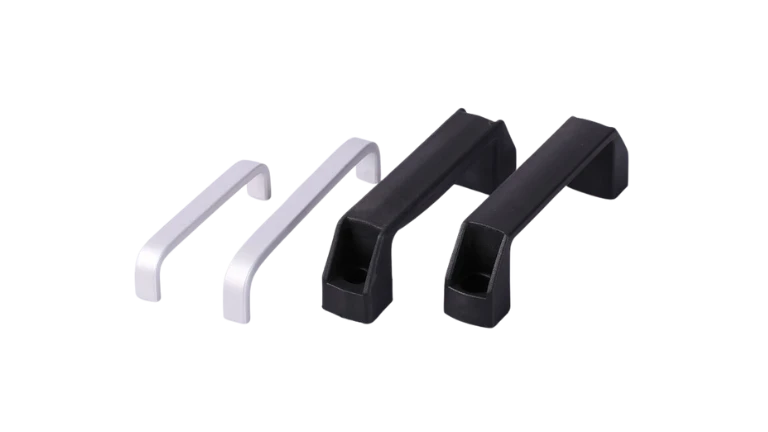

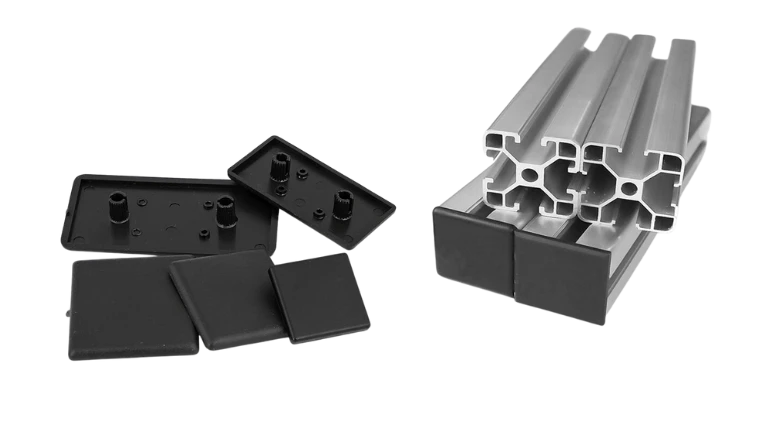
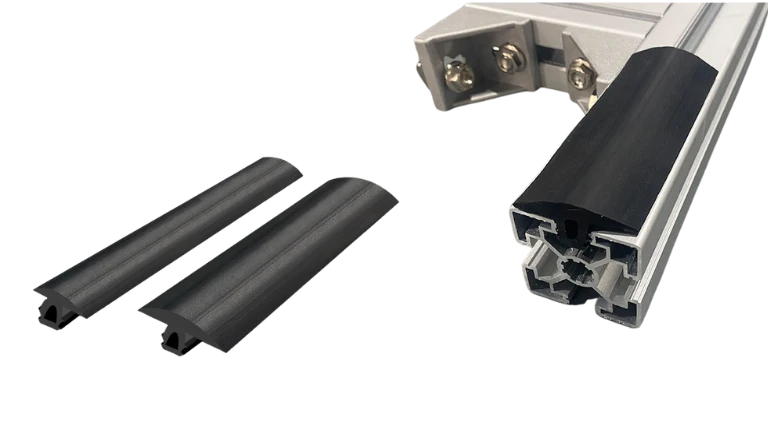
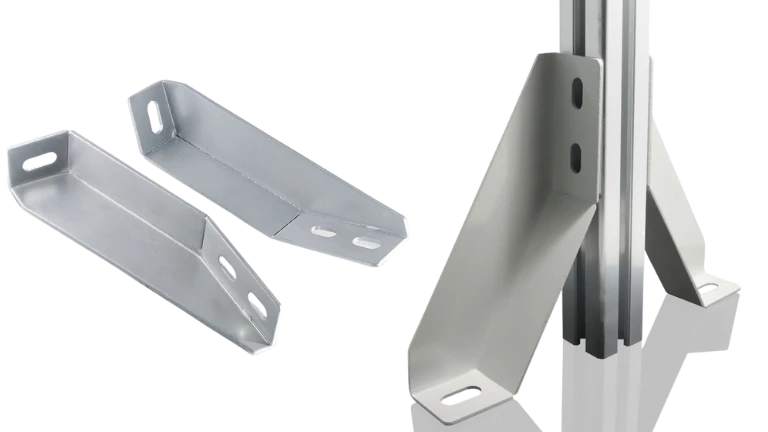
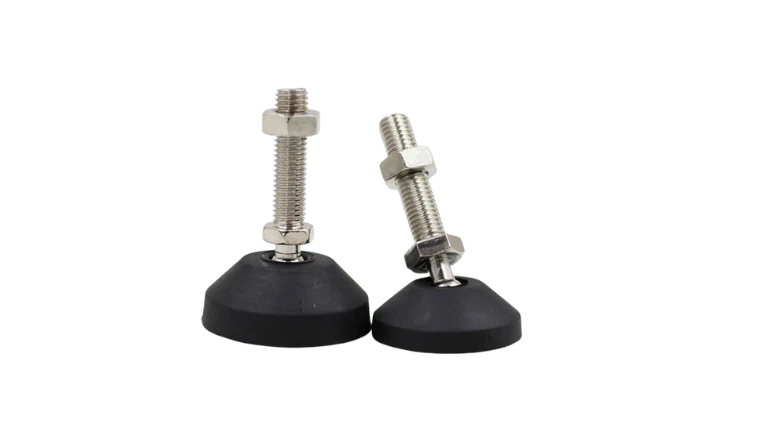
Our Factory
HTS NEW MATERIALS stands as a premier aluminum extrusion profile manufacturer in China. Boasting more than 40 production lines and housing the largest 6000-ton extrusion press, we excel in delivering high-quality solutions. Our capabilities extend to mold design and processing, along with comprehensive surface treatment and advanced machining services.

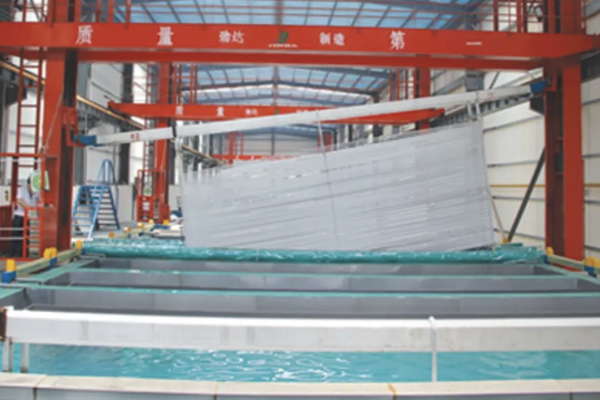
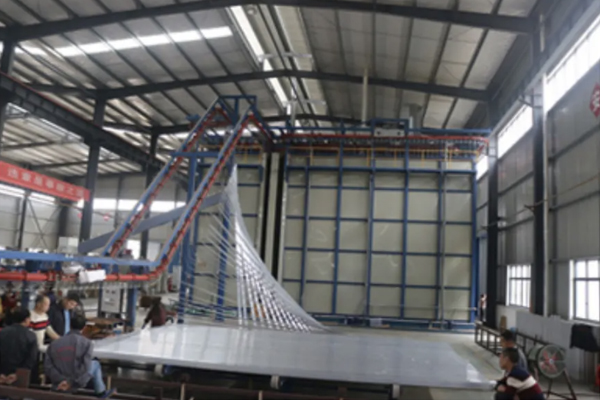
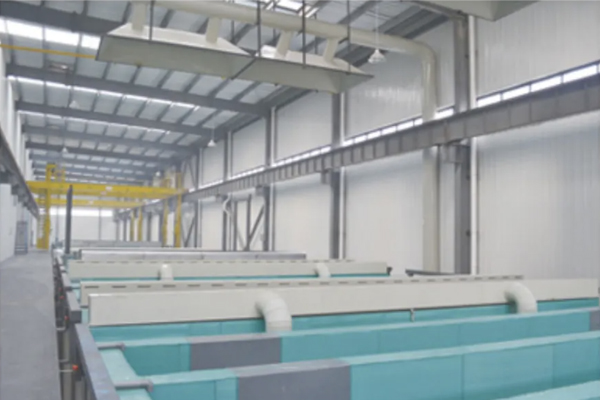
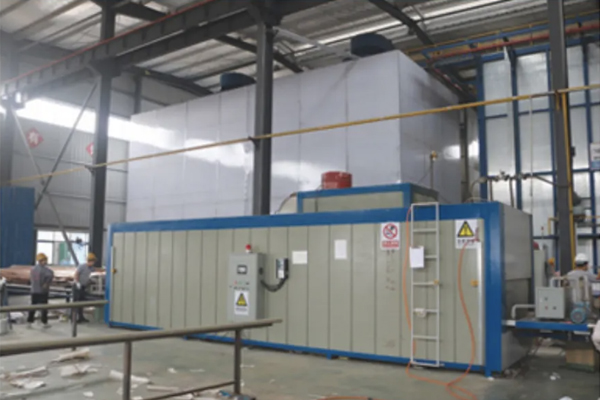

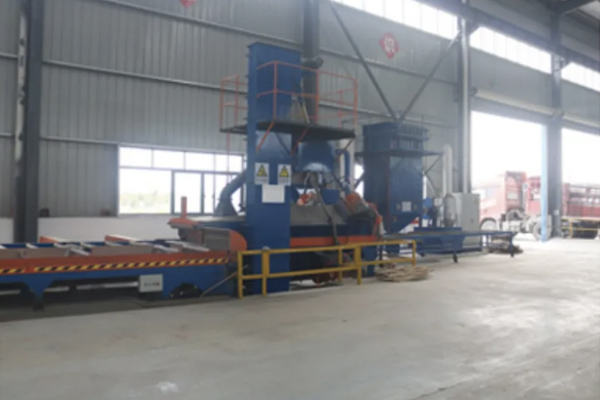
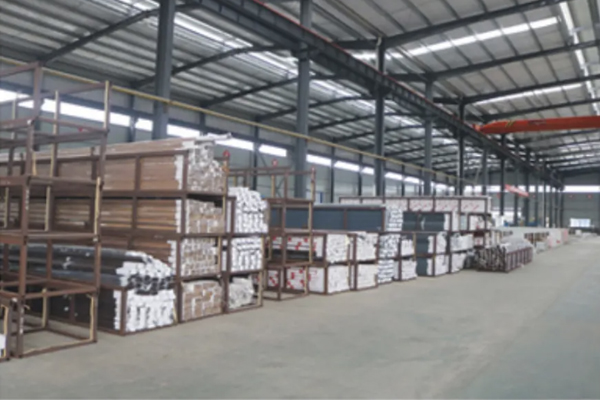
Aluminium Profile Solutions
At HTS Aluminium, we pride ourselves on our ability to deliver custom aluminium profile solutions tailored to the unique needs of each client. Our bespoke services are grounded in a deep understanding of our clients’ visions, which we bring to life by transforming drawings or samples into precision-engineered aluminium profiles.

Precision Aluminum Extrusion Process
Our state-of-the-art manufacturing facility is equipped with advanced extrusion presses and precision cutting tools, allowing us to handle even the most complex profiles with exceptional accuracy. Our team of skilled technicians brings years of industry experience to the table, ensuring that every extruded aluminium profile meets the highest standards of quality and precision.
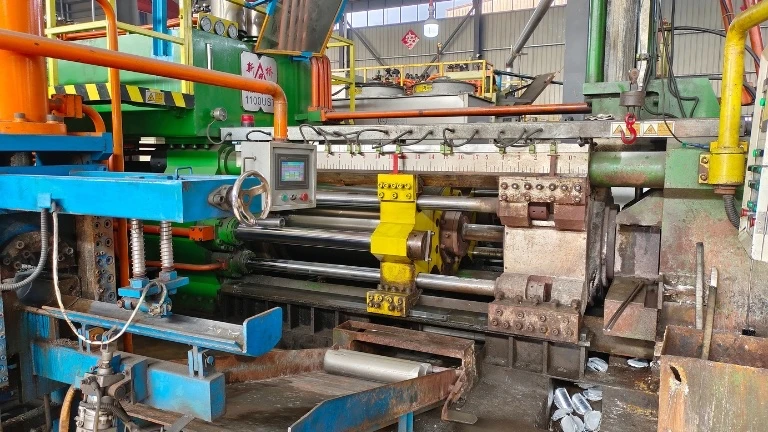
Design and Manufacture of Moulds
We at HTS Aluminium specialize in the design and manufacture of custom moulds based on client specifications. Once a mould is created, we conduct trial productions and send samples to our clients for confirmation. This meticulous process ensures that the final product perfectly aligns with our clients’ expectations.

Material for Extruded Aluminum
Quality begins with the raw materials, and at HTS Aluminium, we use only the highest standard aluminium alloys for our extrusions. Our profiles are commonly crafted from a selection of industry-standard grades, each offering a balance of strength, durability, and corrosion resistance to meet various application requirements.
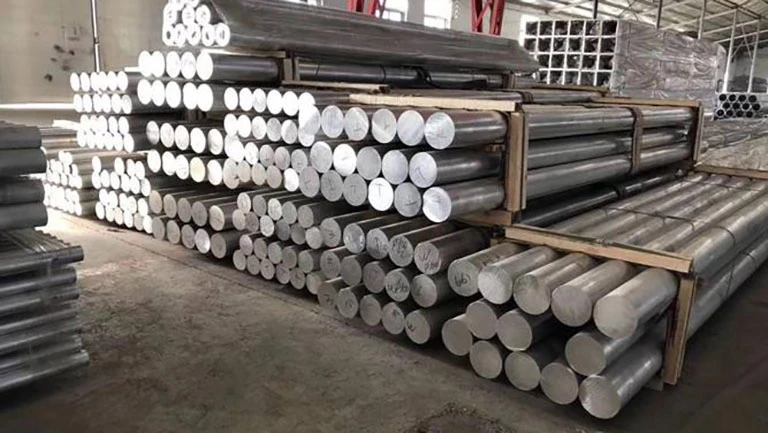

5052: Offers excellent corrosion resistance, good weldability, and moderate-to-high strength. It is a popular choice for marine and automotive applications.
Silicon (Si): 0.25% (Maximum)
Iron (Fe): 0.40% (Maximum)
Copper (Cu): 0.10% (Maximum)
Manganese (Mn): 0.10% (Maximum)
Magnesium (Mg): 2.2-2.8%
Chromium (Cr): 0.15-0.35%
Zinc (Zn): 0.10% (Maximum)
Remaining Balance: Aluminum (Al)
6061: A versatile alloy with good mechanical properties, weldability, and corrosion resistance. It is widely used for structural applications and in the automotive industry.
Silicon (Si): 0.40-0.80%
Iron (Fe): 0.70% (Maximum)
Copper (Cu): 0.15-0.40%
Manganese (Mn): 0.15% (Maximum)
Magnesium (Mg): 0.8-1.2%
Chromium (Cr): 0.04-0.35%
Zinc (Zn): 0.25% (Maximum)
Titanium (Ti): 0.15% (Maximum)
Remaining Balance: Aluminum (Al)
6063: Often referred to as an architectural alloy, it has a smooth surface finish and is commonly used in window and door frames.
Silicon (Si): 0.20-0.60%
Iron (Fe): 0.35% (Maximum)
Copper (Cu): 0.10% (Maximum)
Manganese (Mn): 0.10% (Maximum)
Magnesium (Mg): 0.45-0.90%
Chromium (Cr): 0.10% (Maximum)
Zinc (Zn): 0.10% (Maximum)
Titanium (Ti): 0.10% (Maximum)
Remaining Balance: Aluminum (Al)
7075: One of the strongest aluminum alloys available, with zinc as the main alloying element. It is used in applications where strength is critical, such as in aerospace and military components.
Zinc (Zn): 5.1-6.1%
Magnesium (Mg): 2.1-2.9%
Copper (Cu): 1.2-2.0%
Chromium (Cr): 0.18-0.28%
Silicon (Si): 0.40% (Maximum)
Iron (Fe): 0.50% (Maximum)
Manganese (Mn): 0.30% (Maximum)
Titanium (Ti): 0.20% (Maximum)
Other elements: Each 0.05% (Maximum), Total 0.15% (Maximum)
Remaining Balance: Aluminum (Al)
Heat Treatment Options
Our aluminium profiles can undergo a range of heat treatment options to enhance their properties. From T5 to T6 treatments, we tailor the process to achieve the desired level of hardness, strength, and elasticity. Each treatment option is designed to bring out the best in the material, ensuring that the final product stands up to the demands of its application.
T5 Heat Treatment
Process: Cooled from an elevated temperature shaping process and then artificially aged.
Characteristics: Increases the strength of the aluminum by accelerating the aging process, resulting in a material that has moderate strength and good formability.
T6 Heat Treatment
Process: Solution heat-treated and then artificially aged.
Characteristics: Provides a significant increase in strength compared to T5 by altering the microstructure of the aluminum. This results in a high-strength material with good machinability and fair formability.
Machine Process after Extrusion
At our factory, we offer a wide range of machining services to enhance the functionality of our aluminum profiles. Our capabilities include precision cutting for exact lengths, punching and threading for modifications, and slotting for component compatibility. We also specialize in bending and welding for complex assemblies and robust structures. Additionally, our assembly services ensure complete, ready-to-use components.
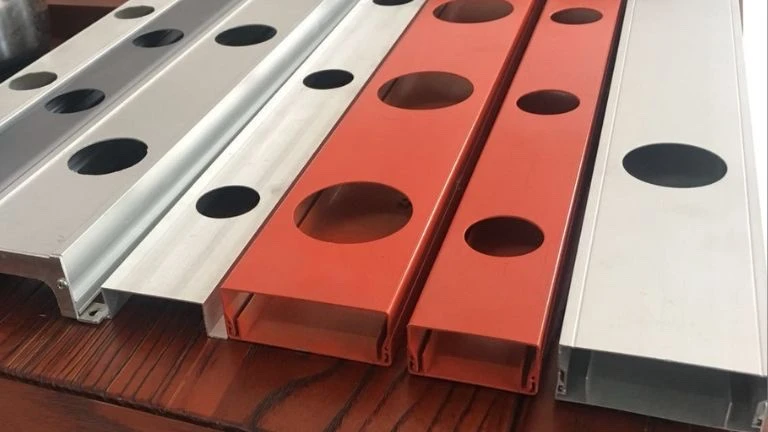

Punching
Punching, involves applying high force to create holes, indentations, or other shapes in aluminum profiles. This process is essential for creating ventilation openings, mounting slots, or lightweight structures with uniform patterns.
Drilling
Drilling creates necessary holes in aluminum profiles, allowing for the attachment of components with bolts or other fasteners, crucial for modular constructions.

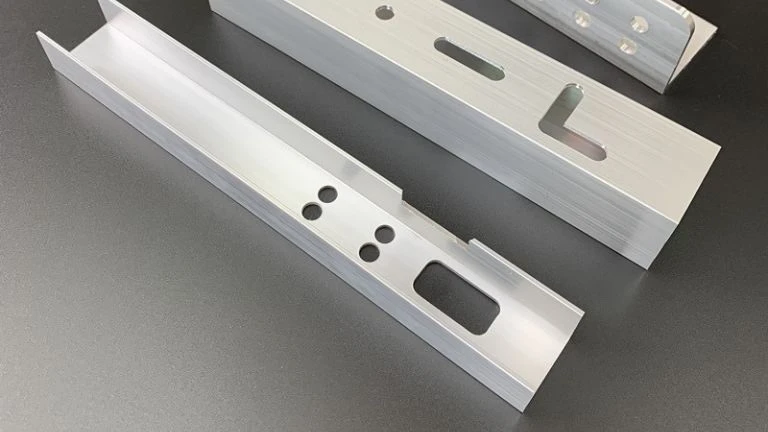
Cutting
Precision cutting is crucial to ensure that each aluminum profile is trimmed to exact length specifications, facilitating a perfect fit in final assembly.
Milling
Milling involves the removal of aluminum material using rotary cutters to achieve desired shapes and surfaces. This process is perfect for creating slots, grooves, and complex contours, enhancing the functionality and precision of aluminum profiles.

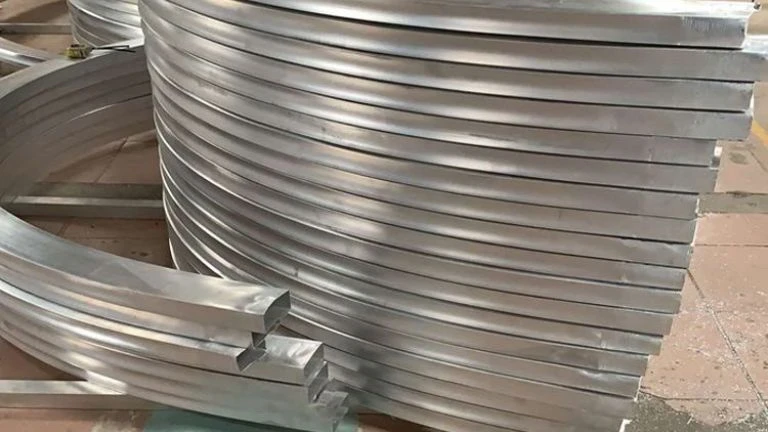
Tapping
Tapping adds threads to the drilled holes in aluminum profiles, enabling the secure fastening of bolts and screws, which is vital for assembly and maintenance.
This technique shapes aluminum profiles into desired curves or angles, maintaining material integrity and is essential for both architectural and functional structures.
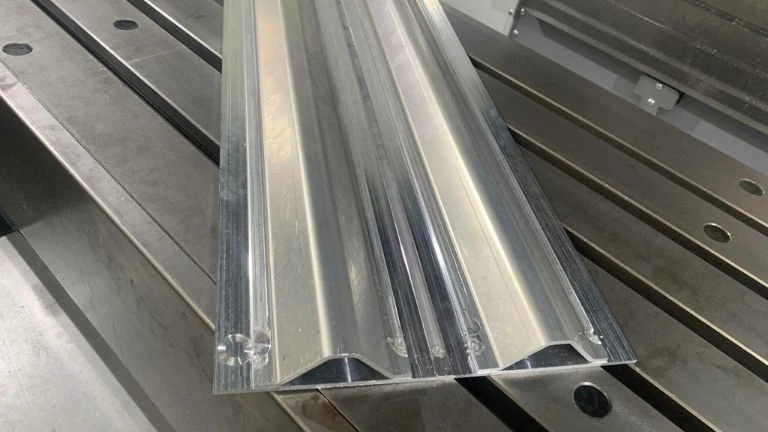

Welding
Welding joins multiple aluminum sections into a solid unit, providing a durable bond essential for structural applications.
Assembly
Our assembly services involve the strategic joining of various components using bolts and other fasteners to create complex assemblies, ensuring functionality and structural integrity.
Aluminum Profile Surface Treatment
To ensure the longevity and aesthetic appeal of our telescopic aluminum profiles, we offer a range of surface treatments including:
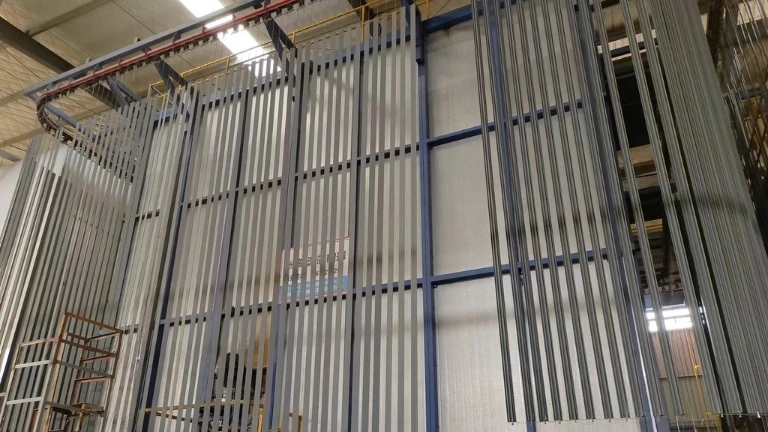
Anodizing: The Protective Shield
What is Anodizing? Anodizing is an electrochemical process that thickens and toughens the naturally occurring protective oxide on the surface of aluminum profiles. This treatment enhances corrosion resistance and wear resistance, making the aluminum surface harder and more durable.
Key Advantages
Improved corrosion resistance
Enhanced surface hardness
Aesthetic appeal with a variety of color options
Better adhesion for paints and primers
Increased thermal insulation properties
Electroplating: The Metal Finish
What is Electroplating? Electroplating involves the deposition of a metal coating on the extruded aluminum profile. This process can be used to improve corrosion resistance, increase surface hardness, and add a decorative finish.
Key Advantages
Enhanced corrosion resistance
Decorative finishes with various metal types
Increased surface hardness
Improved wear resistance
Sandblasting: The Texture Artist
What is Sandblasting? Sandblasting is a mechanical process where abrasive materials are blasted onto the aluminum surface at high velocity to clean or modify its texture. This is often used to prepare the surface for further treatments or to achieve a specific aesthetic look.
Key Advantages
Uniform surface finish
Improved surface cleanliness
Enhanced paint and coating adhesion
Aesthetic texture options
Powder Coating: The Colorful Protector
What is Powder Coating? Powder coating is a dry finishing process where a powder material is electrostatically applied to the aluminum surface and then cured under heat to form a skin-like coating. This method provides a durable, uniform, and attractive finish.
Key Advantages
Wide range of color options
Uniform, durable finish
Excellent resistance to chipping, scratching, and corrosion
Eco-friendly process with minimal VOC emissions
Fluorocarbon Painting: The Weather Warrior
What is Fluorocarbon Painting? Fluorocarbon painting involves applying a fluorocarbon resin-based paint to the aluminum profile, which offers exceptional weather resistance, making it ideal for outdoor applications.
Key Advantages
Outstanding weather resistance
Excellent color and gloss retention
Resistance to UV radiation and corrosion
Suitable for extreme environmental conditions
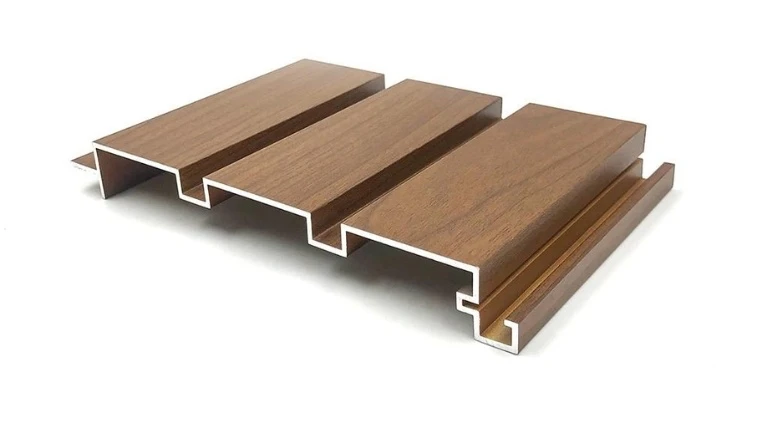
Wood Grain Transfer: The Natural Look
What is Wood Grain Transfer? Wood grain transfer is a process where a wood grain pattern is applied to the aluminum profile through heat transfer. This provides the natural appearance of wood while maintaining the benefits of aluminum.
Key Advantages
Aesthetic appeal of natural wood
Durable and maintenance-free
Resistance to corrosion and weathering
Ideal for architectural applications where wood-like finish is desired
Custom Aluminum Extrusion Process
At HTS Aluminum Profiles, we specialize in delivering custom aluminum extrusion solutions tailored to your specific needs. Here’s a step-by-step guide to our customization process:
Step 1: Initial Consultation
Your journey begins with an initial consultation where we discuss your project requirements. We encourage you to share your design concepts, application needs, and any critical parameters that the aluminum profile must meet. This collaborative approach ensures that we fully understand your vision and objectives.
Step 2: Design and Engineering
Leveraging our extensive experience in aluminum extrusion, our skilled engineers work closely with you to refine your design. We consider factors such as the aluminum alloy grade, temper, and mechanical properties required for your application. Our team uses advanced CAD software to create precise technical drawings and 3D models of the proposed profile.
Step 3: Die Fabrication
Once the design is finalized, we proceed to manufacture the custom extrusion dies. Our precision die-making process ensures that the final profile will match your specifications with high accuracy. We employ state-of-the-art CNC machines to craft dies that can withstand the rigors of extrusion while maintaining tight tolerances.
Step 4: Aluminum Extrusion
With the dies ready, the actual extrusion process begins. We select the appropriate aluminum alloy and heat it to the precise extrusion temperature. The heated billet is then pressed through the die to create the custom profile. Our extrusion presses, ranging from 600 to 3600 tons, are capable of producing a wide range of profile sizes and shapes.
Step 5: Surface Treatment and Finishing
Following extrusion, the profiles undergo various surface treatments as per your requirements. Options include anodizing, electroplating, sandblasting, powder coating, fluorocarbon painting, and wood grain transfer printing. These processes enhance the profiles’ durability, corrosion resistance, and aesthetic appeal.
Step 6: Quality Assurance
Quality is at the heart of everything we do. Each custom aluminum profile is subjected to rigorous quality checks to ensure it meets ISO standards and our European quality certifications. We perform dimensional inspections, mechanical testing, and surface finish evaluations to guarantee that your profiles are delivered without defects.
Step 7: Packing and Delivery
After passing all quality inspections, the aluminum profiles are carefully packed to prevent any damage during transit. We use robust packaging materials and methods tailored to the profiles’ dimensions and your delivery preferences. Our logistics team then manages the safe and timely delivery of your custom aluminum profiles to your specified location.
Step 8: After-Sales Support
Our commitment to your satisfaction extends beyond delivery. We offer comprehensive after-sales support to address any concerns or additional requirements you may have. Our customer service team is always ready to assist you with any questions or feedback.
Partner with Us
We are committed to delivering precision-engineered aluminum profiles that meet the highest standards of quality. From initial design to final delivery, we provide a seamless and personalized experience, ensuring that your custom aluminum solutions are produced efficiently and to your satisfaction.
Take the next step in your project and contact us for a consultation on your custom aluminum extrusion needs.
